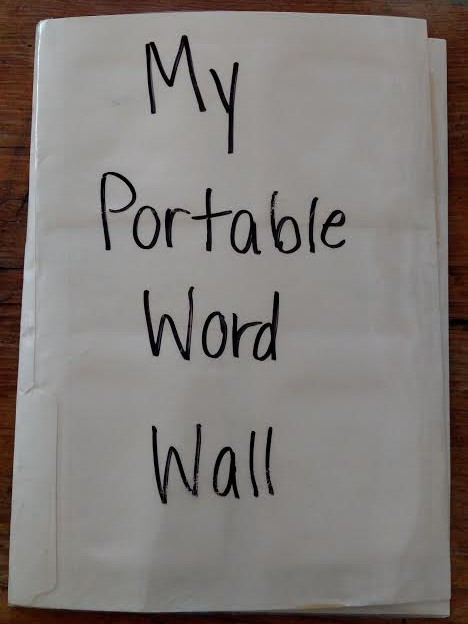Words for the Wise: Vocabulary Instruction in Math
We make so many mistakes that first year of teaching. Sometimes, I think about those students from my first year and hope that I did not damage anyone permanently. One thing I remember doing while reading aloud that year was substituting words. I thought I was pretty slick. While skimming ahead, if a word was approaching I did not think my students would know, I simply substituted an easier synonym. After all, I wanted to ensure they understood the story and were not confused.
Then, one night while putting my two-year-old daughter to bed, I had a vocabulary revelation. In an effort to stall going to bed, she suddenly sat up and exclaimed, “I sure do have an appetite for ice cream!” Where did she learn the word ‘appetite’?! It was not a word commonly used in our house and certainly not in conversation with her. At the time, one of her favorite shows was Sesame Street. There was a segment called, “Word on the Street,” where a hairy, orange monster named Murray introduced a word. Throughout the show, that word reappeared several times in different contexts.
If my two-year-old daughter had retained this “big” word from merely watching an educational program, what could my seven-year-old students learn if I actually engaged them in purposeful vocabulary work?
Research is clear: vocabulary is an important part of learning to read. Oral vocabulary is key during the early stages of reading development and written vocabulary aids in comprehension during later stages. The number of words in a student’s vocabulary bank can also serve as a predictor for future reading success.
Despite knowing how important vocabulary instruction is to comprehension and language development, teachers often spend very little instructional time on explicit vocabulary instruction. Good vocabulary instruction focuses on carefully selected, targeted words. Students have frequent exposures to the words as well as explicit instruction followed by questions and language activities.
All of this is true in math as well. Math vocabulary is important for comprehension and language development. Effective math vocabulary instruction targets specific, purposeful words through frequent exposures and explicit instruction.
There are hundreds of ways vocabulary can be introduced, taught and extended in a classroom. One way that I have found beneficial is the use of a personal word wall.
Many classrooms have a community word wall that houses the words students are using. It can be a very useful tool. However, it also has limitations. It is not individualized to each student. Students can not always interact with it. Categorizing words within it can be cumbersome and overwhelming.
A personal, portable word wall allows the students to engage with vocabulary words in several different ways.
Ways to Use Personal Word Walls
- use the Frayer model on each card
- play games with the cards (pyramid, charades, concentration, etc.)
- speed sort into words the student automatically knows and ones they do not, in order to set learning goals
- use the word cards when writing or completing in-class tasks
To Make a Personal Word Wall:
- Attach two file folders together with tape.
- Place 27 self-adhesive library pockets and write at letter on each pocket.

- Once finished, run the whole word wall through a laminator for extra protection.
- Slice the pockets open so the index cards can go in.
- Fold the two ends together for letters Q-X and use the back for letters Y and Z.

- I also include a pocket for extra index cards on the back as well.
Kids love big words! Fostering their natural curiosity and love of words will only serve to improve their language and literacy development as well as their mathematical proficiency.
References:
Christ, T., Wang, K.(July 2010). Bridging the Vocabulary Gap: What Research Tells Us About Vocabulary Instruction in Early Childhood. Young Children, pages: 84-91
Beck, Kucan, McKeown. Bringing Words to Life: Robust Vocabulary Instruction. 2013
